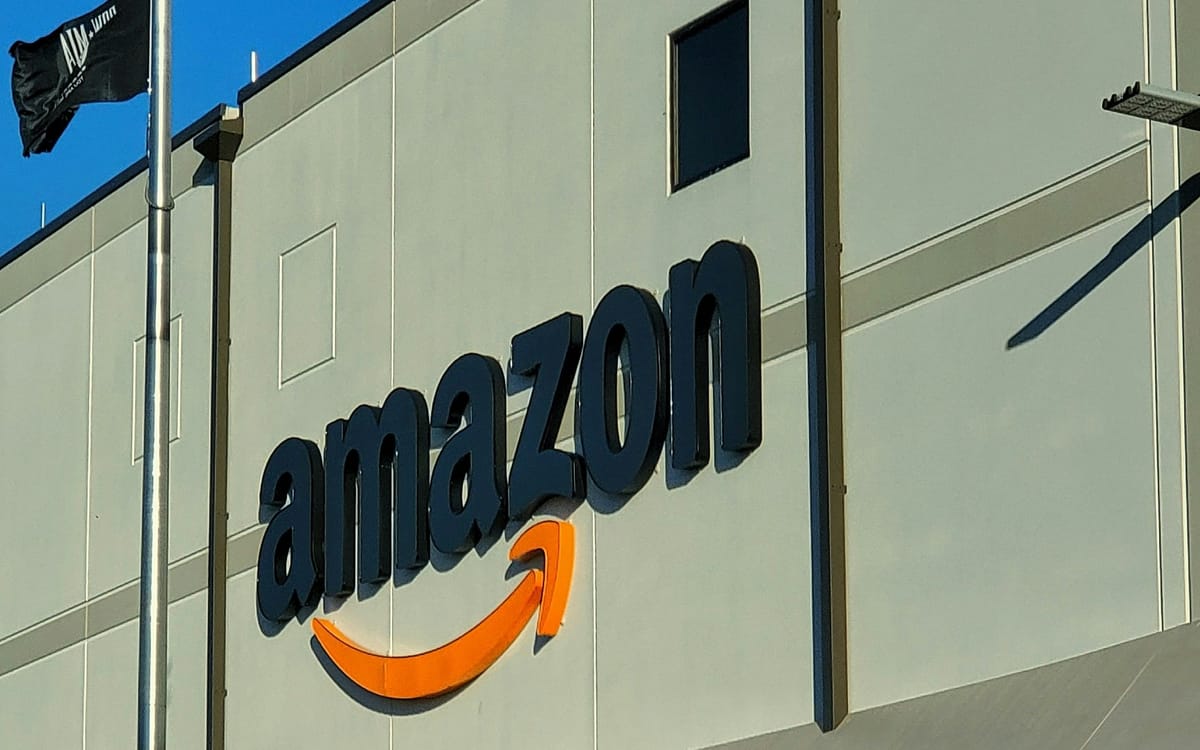💡
Key Takeaways
• Cloud revenue rose 20.2% year-over-year to $33 billion, its fastest growth since 2022.
• Net income jumped 39% to $21.2 billion, fuelled by a $9.5 billion gain from Anthropic investments.
• Shares surged 13% in after-hours trading, adding about $150 billion in market value.
Earlier this year, Wall Street’s patience with Amazon was beginning to wear thin. Despite leading the global cloud market, doubts were creeping in. AWS, the business that once defined Amazon’s dominance, was starting to show cracks.
Its profit margins had fallen sharply as the company poured money into AI infrastructure, dropping from 39.45% to 32.90% in Q2 2025. That slowdown rattled investors, who had long seen AWS as Amazon’s most reliable growth engine.
But on Thursday, those doubts faded almost instantly. Amazon’s third-quarter report shattered expectations, showing a company regaining momentum and a cloud division rediscovering its speed. Shares surged more than 13% in extended trading after the announcement, marking one of the company’s biggest post-earnings rallies in years.
MORE INSIGHTS ON THIS TOPIC:
Confidence Restored Through Strong Numbers
The third quarter had been set up as a test of confidence. Amazon posted $180.17 billion in revenue, beating forecasts by over $2 billion, and earnings per share of $1.95, nearly 25% above estimates. Net income in Q3 2025 surged 39% to $21.2 billion, boosted by $9.5 billion in pre-tax gains from its Anthropic investment, pushing diluted EPS to $1.95 from $1.43 a year earlier.
AWS revenue hit $33 billion, growing 20.2% year-over-year, its fastest pace since 2022 and well ahead of analysts’ 18.1% projection. Advertising followed close behind with $17.7 billion in revenue, up from $17.34 billion expected, suggesting that cost discipline, faster logistics, and resilient consumer demand were paying off.
The reaction was instant. Amazon shares jumped more than 13% in after-hours trading, adding roughly $150 billion in market value, one of the largest single-session gains in its history. Analysts at JPMorgan and Morgan Stanley both called it “a turning point” for Amazon’s cloud strategy, noting that the company had “regained its growth narrative” after months of lagging behind peers.
Signs of recovery began earlier in the quarter. Sales in Amazon’s core online stores grew 10% year-over-year, boosted by the summer shopping event like the Prime Day and early holiday promotions. Even more importantly, operational efficiency improved. The company ramped up robotics and warehouse automation to speed up deliveries, in mid October Amazon stated it has deployed over 1 million robots “that sort, lift, and carry packages,” which is all part of CEO Andy Jassy’s push for “leaner, faster operations.”
The biggest story of the quarter, though, was AWS. The division posted $33 billion in revenue, up 20.2% year-over-year, its fastest growth since 2022 and well above the 18.1% Wall Street expected. This surge was fuelled by AI demand.
Andy Jassy put it bluntly: “We continue to see strong demand in AI and core infrastructure.” Over the past 12 months, AWS added more than 3.8 gigawatts of capacity, accelerating its data centre expansion to keep up with generative AI workloads.
For context, AWS’s 20.2% growth contrasts sharply with the 18% rate seen earlier this year, signalling a rebound in enterprise cloud spending. Investors took notice, AWS’s resurgence was the clearest evidence that Amazon wasn’t being left behind in the AI race.
Amazon is betting on AI to make Thursday Night Football a must-watch
These features could turn your living room into a mini analytics booth, giving you insights once locked away in stat blogs and betting dashboards.

Ads, AI Expansion and a Leaner Structure
While AWS drove the headlines, Amazon’s advertising business quietly became one of its most profitable divisions. Revenue reached $17.7 billion in Q3 2025, up from $17.34 billion expected, a 23% jump from last year. AI-driven ad placement tools played a major role, improving targeting across Prime Video and retail pages.
Meanwhile, the company’s broader AI ambitions began to take tangible shape. In September, Amazon opened “Project Rainier,” an $11 billion AI data centre built exclusively for Anthropic, the company behind the Claude chatbot. It also introduced new AI tools like Q for businesses, Bedrock for developers, and Rufus, a shopping chatbot already used by 250 million shoppers. Amazon claims that 60% of users who engage with Rufus are “more likely to complete a purchase.”
At the same time, Amazon was reshaping its internal structure. The company laid off 14,000 corporate employees during the quarter, not out of financial desperation, but as part of Jassy’s broader cultural reset. “It’s really about culture,” he told investors. “If you grow as fast as we did, you end up with more layers. We’re getting back to being nimble.”
Operating income came in at $17.4 billion, flat year-over-year, reflecting both a $2.5 billion settlement with the Federal Trade Commission over deceptive Prime signups and $1.8 billion in severance costs. Yet, even with those one-offs, Amazon’s profit engine held steady.
Amazon’s cloud service AWS restored after a massive 15-hour outage
More than 11 million global users have reported being affected and scores of websites and apps have been affected.
Spending Big on the Future
Looking ahead, Amazon raised its capital expenditure forecast for 2025 to $125 billion, up from $118 billion, with CFO Brian Olsavsky signalling that spending will likely rise again in 2026. Much of that will go into AI and cloud infrastructure, the same areas driving its resurgence.
For the current quarter, Amazon expects revenue between $206 billion and $213 billion, with the midpoint of $209.5 billion beating analysts’ estimates of $208 billion. Operating income is projected between $21 billion and $26 billion, compared with the Street’s $23.8 billion forecast.
Conclusion
Amazon’s Q3 results tell the story of a company that’s found its footing again. Its $180.17 billion in revenue and $1.95 EPS show strong execution across all lines, while AWS’s 20.2% growth proves the cloud slowdown fears were overstated.
With AI now woven into every layer of Amazon’s ecosystem and a renewed focus on operational efficiency, the company is positioned to enter 2026 stronger than it’s been in years.
Amazon’s 30,000 Job Cuts Mark a New Era of Scaling with AI
Amazon’s largest round of layoffs since 2022 signals a shift in how tech giants operate.




















